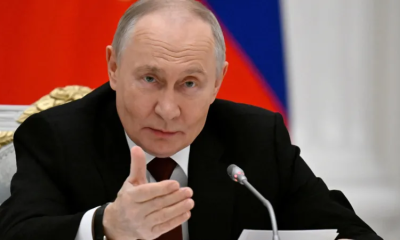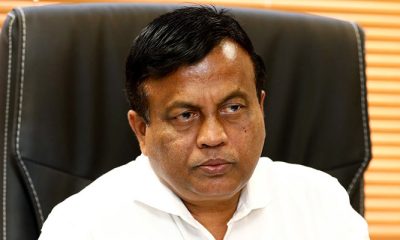Sports
Killi; Sri Lanka’s Mr.Cricket
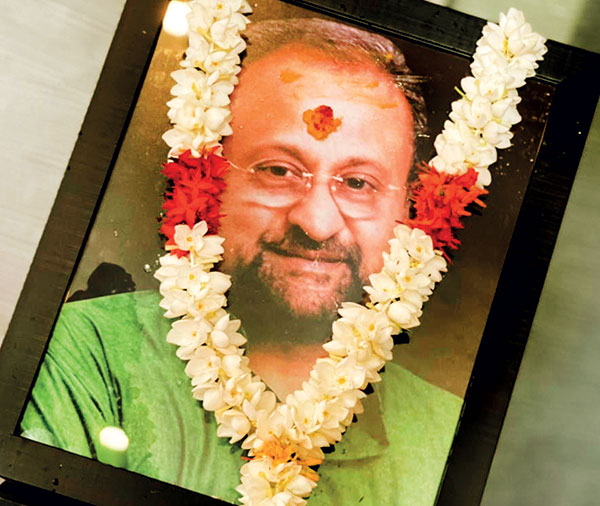
Personal recollections of a great benefactor: Mr. R. Rajamahendran
by Sidath Wettimuny
I embarked on my working life towards the end of 1976. I had to decide between two offers – one from The Maharaja Organisation (‘MO’), and one from Ceylon Tobacco. I opted to join Maharaja’s, especially because my brother Mithra was an accountant there and as I was not keen to work for a company that sold cigarettes.
I went to work with great excitement looking forward to an induction of sorts. To this date, I smile when I think of that unique briefing I received from Mr. E.C. Baha, the then Assistant to the Managing Directors, Mr. Maharaja and Mr. Rajamahendran (‘Killi’ to most, but always ‘Sir’ to me). It was short, sharp and to the point.
‘Sidath, you can cut work. But do not cut cricket practices. You will be in serious trouble!, Mr. Baha declared. Highly amused, I left the meeting and got down to work at Maharaja’s.
 Mercantile cricket was serious business, and the MO team was the team to contend with at the Mercantile tournament. Our team was star studded with many Sri Lankan national players. Prior to every match, Killi gave us a briefing. Besides strategizing, he inculcated and instilled in us the importance of being professional in our attitude. He always stressed that the difference between an amateur and a professional was that of attitude and approach to the game. This advice, no doubt, progressively made us better players.
Mercantile cricket was serious business, and the MO team was the team to contend with at the Mercantile tournament. Our team was star studded with many Sri Lankan national players. Prior to every match, Killi gave us a briefing. Besides strategizing, he inculcated and instilled in us the importance of being professional in our attitude. He always stressed that the difference between an amateur and a professional was that of attitude and approach to the game. This advice, no doubt, progressively made us better players.
During this period, there was a popular belief that playing in the League in England would provide our budding national players valuable experience and exposure, especially to different types of wickets. I was one of the many beneficiaries to be sponsored by Killi to play a season of League Cricket in the North of England.
I will never forget my introduction to England!
After a long and tiring Aeroflot flight, via Moscow, I landed in the UK and had the most bizarre and horrendous experience. The immigration queue was very long and two of the cricketers who flew in with me, Tony Opatha and Anura Ranasinghe, had gone through ahead of me. Due to a misunderstanding about the purpose of my visit, I ended up spending almost 24 hours at the immigration waiting room.
At the point of deep despair, fearing I could be sent back, I was utterly relieved to see the figure of Killi striding towards me. He chuckled and informed me that he had been in Austria, heard of my detention, and took the next flight to London, to sign a bond and get me released. I had tears pouring down my face as I walked out beside him. Yet again, thanks to him I was able to experience and enjoy my first season of League Cricket during the summer.
In the following years, the MO supported and sponsored many aspiring and already selected Sri Lankan national players, including giants like Duleep Mendis and Roy Dias, to play League Cricket in the UK. Killi was totally focused on ensuring that we cricketers developed our skills, and gained experience in the game at a more professional level of cricket. He strongly believed that our skills matched that of any other nation, but what we lacked was a professional attitude. He gave us the impetus and motivation to think and dream big about what we can achieve as national cricketers. Killi employed and supported nearly 100 national cricketers– a statistic unmatched by any other organization or individual. His contribution to cricket in Sri Lanka cannot be quantified!!
Another unforgettable incident I had with him was when I was sitting for my ACCA Part II examination. I found it hard to balance the hours of cricket with my studies. I had a lot of pressure from home to secure my accountancy qualification. When my boss refused a request for study leave, I had to make a decision on whether to continue working and playing cricket, or to leave and focus on accountancy studies. I appealed to Killi, as I grappled with this decision. I recall meeting him and his brother in the MO Boardroom where, dressed in his typical dapper style, he was standing behind his chair. On hearing my predicament, he told me ‘I say, may I give you some advice? I can find ten accountants down the road, but if you do something for your country as a national cricketer, I will value you more. You will have greater opportunities in the future.’
Those words of advice stayed with me and comforted me as I kept postponing my studies. In the meantime, cricket took centre stage in my life. To date, I am extremely grateful for Killi’s words of wisdom, as even the business that I currently am in was initiated through my cricket contacts in the UK, after I stopped playing cricket.
The spirit of cricket at the MO was very special. In the early 1980s, a one-off ‘Super Tournament’, comprising winners of the different tournaments, was held in a very competitive atmosphere. The MO qualified as the winners of the Mercantile Tournament. Duleep and I were in a peculiar situation, as we were playing for the MO against our own Club, the SSC. Sunil and Mithra, who were stalwarts of the SSC team, teased us about how the SSC would thrash the MO team. Their continuous teasing made us determined to score. At the match, Duleep and I both made hundreds and helped secure a win for the MO…much to the chagrin of my two brothers!
When the powerful combination of Hon. Gamini Dissanayake and Killi took over the Board of Control for Cricket in Sri Lanka their invaluable contribution and tireless efforts helped Sri Lanka gain Test status. Even in this aspect Killi’s contribution to cricket in Sri Lanka was huge!
Before our historic maiden cricket tour of England in 1984, Killi sponsored five national players to go ahead of the team to London. He arranged for practices at the Lord’s indoor facilities, which gave us the opportunity to play a practice match for an MCC team. I have no doubt that this initial exposure helped us to build our confidence and to cope with our maiden Test at Lord’s.
I’m certain gratitude and tributes to Mr. Killi Rajamahendran from all the cricketers who had the privilege of knowing him, will be endless. Behind his tough exterior was a heart of gold; we are all hearing more and more of his generosity to many, on many fronts.
One regret I personally have is when, in 2015, while Chairing the Interim Committee of SLC, I was very keen to name all the Hospitality Boxes at the Khettarama Stadium with the names of personalities who significantly contributed to the game of cricket.
The first two boxes were to be named after Hon. Gamini Dissanayake and Mr Rajamahendran. However, due to the premature departure of that Interim Committee, this naming did not happen. It would have been appropriate to name a box after Mr. Rajamahendran, the single largest benefactor to Sri Lankan Cricket. In any event, in my opinion, Mr. Rajamahendran will always be Sri Lanka’s ‘Mr. Cricket’.
Sports
Colombo Aces unveils Golf Team in major franchise expansion
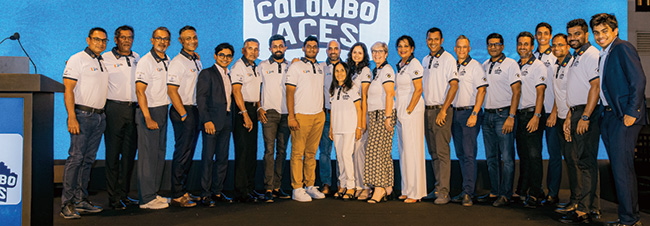
Colombo Aces officially introduced its Golf Team for the inaugural Ceylon Golf League 2025, Sri Lanka’s first franchise-based golf tournament — at a special unveiling event held recently in Colombo.
Co-founded by entrepreneurs Shamal Perera and Suhayb Sangani, along with Sri Lankan cricket legend Mahela Jayawardene, the inaugural Ceylon Golf League 2025 commenced on the 5th December at the Royal Colombo Golf Club, featuring eight franchise teams.
Across three days and three formats, eight city-based franchises will compete in a high-intensity showcase that sets a new benchmark for the sport locally.
Responding to the impact of recent floods, Ceylon Golf League 2025 is pledging over LKR 10 million from this weekend’s proceeds to support the Government of Sri Lanka in restoring affected infrastructure nationwide. In addition to the prize money already allocated to the main fund, Colombo Aces will contribute a further LKR 250,000 to the cause.
The Colombo Aces Golf Team will be led by Jehan De Saram, a highly respected PGA-qualified Sri Lankan golf professional who serves as both Captain and Head Coach. De Saram brings extensive experience to the role, having previously been the Director of Golf at the Royal Colombo Golf Club and a former national coach for the Sri Lanka golf team. Renowned for developing young talent, he has also competed in numerous local and international tournaments, adding significant depth and expertise to the Aces’ coaching setup.
Colombo Aces Golf Team – Kushal Johnpillai, Uchitha Ranasinghe (Men’s 2 & under), G.G Sathsara, Chanaka Perera (Men’s 3 to 6), Rajeev Rajapaksa, Chulaka Amarasinghe (Men’s 7 to 10), Reza Magdon Ismail, Thusith Wijesinghe, Kapila Dandeniya (Men’s 11 to 14), Fazlur Muzammil, Dhevan Peiris (Men’s 15 to 18), Usha De Silva, Sanduni Wanasinghe (Ladies’ 20 & under), Sandra Cadien, Vihara Herath and Fran De Mel (Ladies’ 21 & over) .
Latest News
Root 135 not out, Starc six-for highlight absorbing opening day
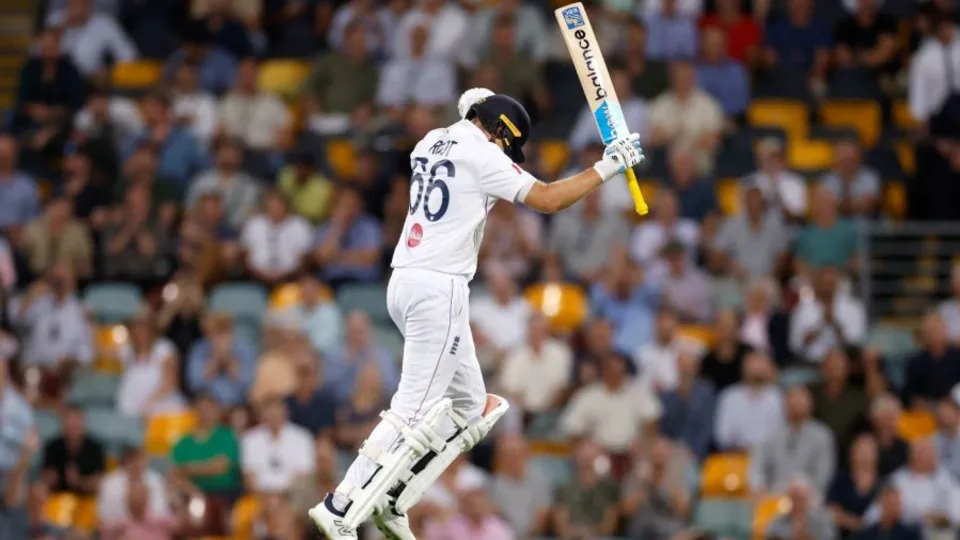
After an interminable break between matches following 48 hours of mayhem in Perth, the Ashes resumed with England producing a rollercoaster batting performance as Joe Root ended his century jinx on Australian soil in the day-night second Test.
In the final hour of an absorbing opening day, Root raised his arms aloft under the lights before taking off his helmet to celebrate his 40th Test century and first in Australia.
Root finished unbeaten on 135 from 202 balls and anchored an England first innings that at times showed restraint, but was also marked by reckless dismissals. Four batters fell for ducks with England again tormented by pink ball maestro Mitchell Starc, who finished with 6 for 71 to power past Wasim Akram’s record for most Test wickets by a left-arm quick.
But after the humiliation of batting just 67.3 across two innings in Perth, England batted the whole day – albeit only 74 overs were bowled – as they posted their first score over 300 in a Test in Australia since January 2018.
Brief scores:
England 325 for 9 in 74 overs (Joe Root 132*, Crawley 76, Harry Brook 31, Jofra Archer 32*; Mitchell Starc 6-71) vs Australia
Latest News
Ravindra 176, Latham 145 drive New Zealand into complete control

Centuries from Tom Latham and Rachin Ravindra underpinned New Zealand’s domination on Day 3 in Christchurch, as the hosts transformed a modest 64-run advantage into a towering lead that now feels insurmountable.
The pair’s third-wicket stand of 279 ensured a potentially gripping third day went flat halfway through. West Indies merely went through the motions, sitting back and hoping for a declaration to bring them some relief from being run ragged. This was New Zealand’s highest partnership against West Indies since 1987 – surpassing Martin Crowe and John Wright’s 241 run stand.
Things could’ve been a lot different had they caught better.
Ravindra’s innings began under a cloud of uncertainty. On 8, Kemar Roach grassed a sumptuous flick at midwicket as he threw himself at the ball one-handed. On 14, Kavem Hodge put down a regulation catch at slip, leaving Justin Greaves to wear the frustration of being the unlucky bowler twice in two overs. The charmed streak continued when another thick outside edge flew over the slips on 17.
For the first half hour after lunch, Ravindra seemed to live on borrowed time. But once he survived that turbulent spell, the tentativeness gave way to assurance, and the elegance that has come to define his best batting was out in full glory. He raced to 176, before being knocked over late in the day by an Ojay Shields yorker.
By stumps, New Zealand had added 395 to lead by 481. For the record, West Indies will have to achieve the highest successful chase to win at Hagley Oval – 285 is the highest fourt innings score chased down at this venue.
Before Ravindra arrived, Devon Conway and Latham played a solid first hour, focusing on crease occupation in a bid to lay a strong platform. Latham left well early on, while Conway exhibited his artistry – playing the cover drives and on-drives – early in the innings.
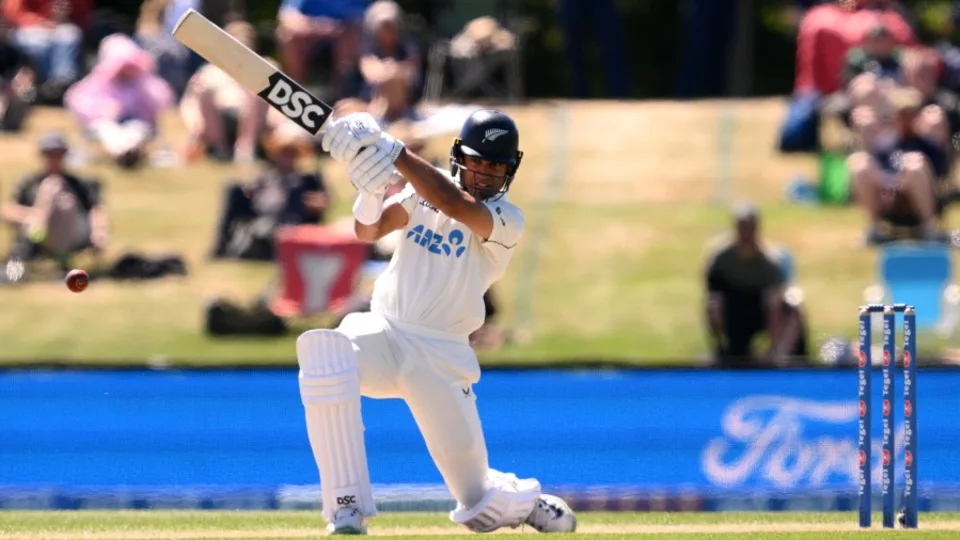
Roach moved the ball away appreciably early on to have Conway in a hint of trouble, while Jayden Seales got the ball to lift off a length to have Latham looking scratchy early on. The first 17 overs produced just 35; Latham survived a thick edge that raced between second slip and gully on 29.
Conway set himself in, and was out slashing to deep point for 39 as Hodge plucked a superb catch while moving halfway in from the ropes. Initially off balance, Hodge back-pedalled to complete the catch. One wicket became two when Roach had Kane Williamson nicking behind with a perfect out-swinger.
Having got off the mark with a top-edge for six off Greaves, Williamson was troubled by his late movement before Roach had him in the last over before lunch, with New Zealand effectively 164 for 2. The spell after lunch was perhaps West Indies’ best chance to get into the game as they routinely created chances, only for them to be grassed.
If the first session was about the hard grind, the second was about accumulating and pressing home the advantage. Ravindra didn’t take long to march into the 40s, and even got into a bit of a scrap with Seales. The pair brought up their century stand off just 126 deliveries, with Ravindra’s enterprise allowing Latham to also open up after getting past his half-century.
Latham was particularly punishing square of the wicket on both sides, with the cuts and pulls, as he pounced on a tired attack that kept pounding the ball in even as the surface appeared to have lost a lot of the venom seen on the first two days. Latham brought up his century first, while Ravindra got there with a pull through midwicket – his second successive century.
After he passed a hundred, as West Indies went defensive, Latham brought out the inventive batter in him – scooping and paddling his way to a couple of boundaries. It seemed inevitable the pair would bat through, but a lapse in concentration late in the day saw them fall in back-to-back overs. But even those two wickets were no consolation for West Indies as they face an uphill battle for survival.
Brief scores:
New Zealand 231 and 417 for 4 (Rachin Ravindra 176, Tom Latham 145, Kemar Roach 2-61, Ojay Shields 2-64) lead West Indies 167 by 481 runs
[Cricinfo]
-

 News5 days ago
News5 days agoWeather disasters: Sri Lanka flooded by policy blunders, weak enforcement and environmental crime – Climate Expert
-

 Latest News6 days ago
Latest News6 days agoLevel I landslide RED warnings issued to the districts of Badulla, Colombo, Gampaha, Kalutara, Kandy, Kegalle, Kurnegala, Natale, Monaragala, Nuwara Eliya and Ratnapura
-
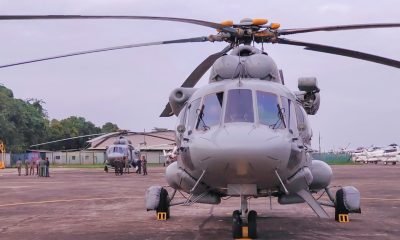
 Latest News6 days ago
Latest News6 days agoINS VIKRANT deploys helicopters for disaster relief operations
-

 Latest News7 days ago
Latest News7 days agoMajor flood warning for the Kalu Ganga Basin
-

 Latest News6 days ago
Latest News6 days agoDepartment of Irrigation issues Critical flood warning to the Kelani river basin
-
News2 days ago
Lunuwila tragedy not caused by those videoing Bell 212: SLAF
-

 Latest News3 days ago
Latest News3 days agoLevel III landslide early warnings issued to the districts of Badulla, Kandy, Kegalle, Kurunegala, Matale and Nuwara-Eliya
-

 News6 days ago
News6 days agoCountry reels under worst weather in living memory




